
长江大学数据结构课程设计报告
39页1、 1 概述数据结构是一门实践性较强的软件基础课程,为了学好这门课程,必须在掌握理论知识的同时,加强上机实践。课程设计是加强实践能力的一个强有力手段,通过这次课程设计力争达到以下几个目标:(1)能够模块化地设计一个综合程序(2)加深对数据结构与算法的理解(3)巩固与拓展自己的编程视野,为将来的编程学习做准备。为了达到以上目标,同时结合个人学习的兴趣,选定以下题目作为本次课设的任务:(1)内部排序算法比较;(2)基于单链表的班级通讯录;(3)表达式求解;(4)平衡二叉树;(5)最小生成树;(6)哈夫曼编码/译码器;(7)四叉树编码。2 算法设计与实现首先为了整个程序能够展示出其模块性我特地设计了一个可以将各个模块连接到一起的主函数,并且设计了一个主菜单。(1)主函数int main()int choice;while (choice = InitAll() & choice != 8)printf(nt程序在进行n);switch (choice)case 1:Sort(); system(pause); system(cls); continue;case 2:system(cls);
2、TxunL(); system(pause); system(cls); continue;case 3:AVL(); system(pause); system(cls); continue;case 4:BDS(); system(pause); system(cls); continue;case 5:MIN(); system(pause); system(cls); continue;case 6:HFF(); system(pause); system(cls); continue;case 7: system(pause); system(cls); continue;default:break;/以下写你的判断代码printf(n程序结束,感谢您的使用谢谢n);system(pause);(2)菜单int InitAll()int choice, confirm;printf(nt|-数据结构课程设计-|tnt|*|tnt|1:内部排序 |tnt|2:学生链表通讯录 |tnt|3:平衡二叉树 |tnt|4:表达式求解 |tnt|5:最小生成树 |tnt|6:哈夫曼树 |
3、tnt|7:四叉树编码(没有设计成功) |tnt|8:退出程序(销毁对象) |tnt|*|tnn);printf(t请输入你想进行的操作:);scanf_s( %d, &choice);while (confirm = getchar() != n)continue;/输入检测while (choice 8)printf(t您的输入: %d 有误!请重新输入:, choice);scanf_s( %d, &choice);return choice;2.1 内部排序算法的比较2.1.1 需求分析(1)以顺序表作为待排序表的存储结构,其中表长(即关键字个数)不小于100,表中数据随机产生,至少用5组不同数据作比较。(2)至少实现起泡排序(Bubble)、直接插入排序(Insert)、简单选择排序(Select)、快速排序(Quick)、希尔排序(Shell)、堆排序(Heap)几种基本排序算法。(3)输出比较结果。分别输出采用各种排序算法对每组数据进行排序前的待排序序列和排序后的排序结果序列;分别输出对应5组数据,各类算法比较的结果表。2.1.2 概要设计本程序包括4个模块:主程序模块、
《长江大学数据结构课程设计报告》由会员咩西分享,可在线阅读,更多相关《长江大学数据结构课程设计报告》请在金锄头文库上搜索。
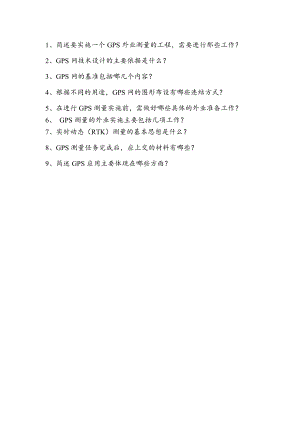
长江大学全球导航习题3
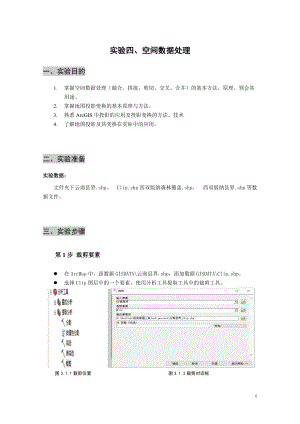
长江大学地理信息系统原理课程上机报告4
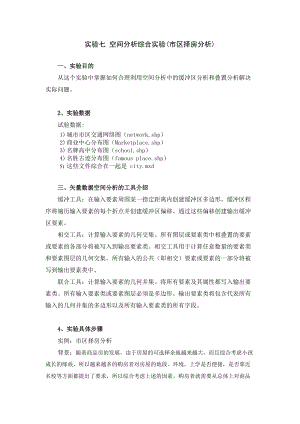
长江大学地理信息系统原理课程上机报告7

长江大学地理信息系统原理课程上机报告2
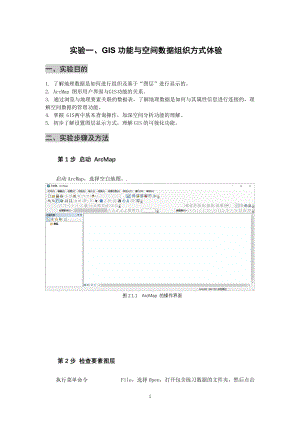
长江大学地理信息系统原理课程上机报告1
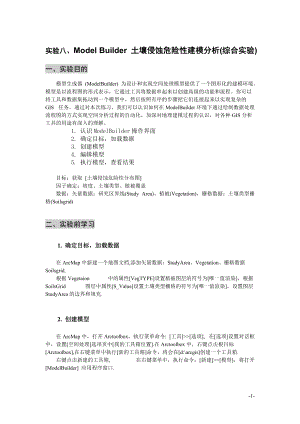
长江大学地理信息系统原理课程上机报告8
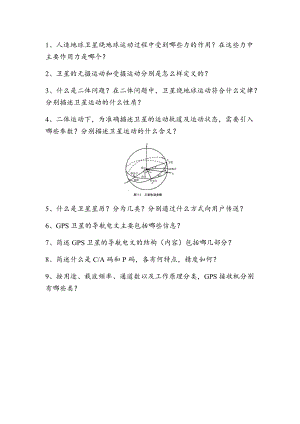
长江大学全球导航习题1
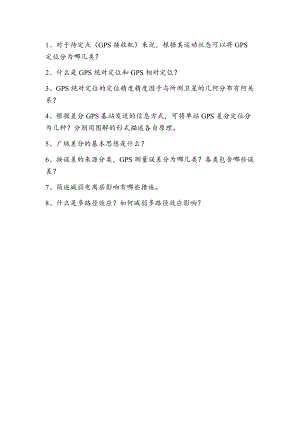
长江大学全球导航习题2
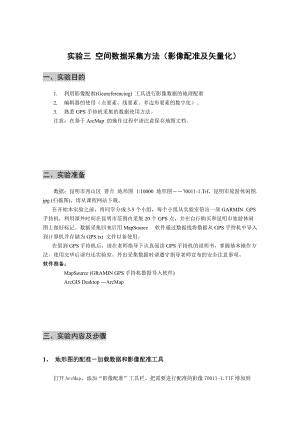
长江大学地理信息系统原理课程上机报告3
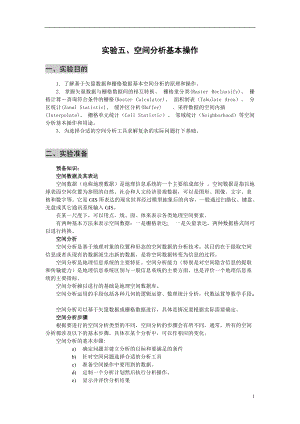
长江大学地理信息系统原理课程上机报告5
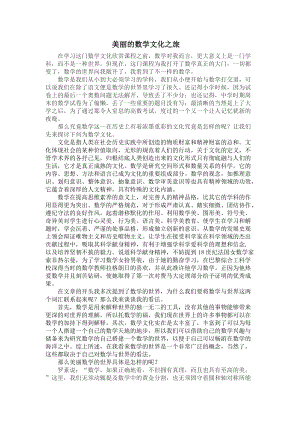
长江大学数学文化欣赏结课论文
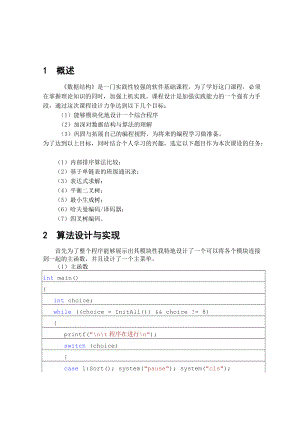
长江大学数据结构课程设计报告
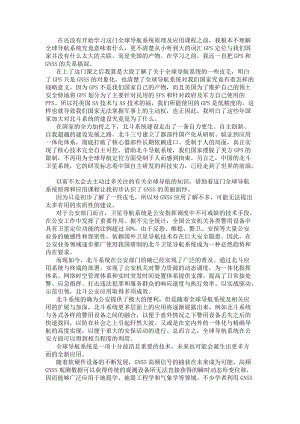
长江大学全球导航报告结课小论文
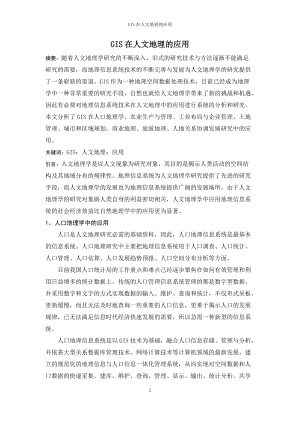
长江大学人文地理小论文-gis在人文地理的应用

长江大学地理信息系统原理上机报告
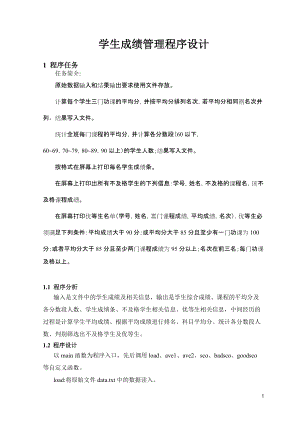
长江大学C语言课程设计实习报告
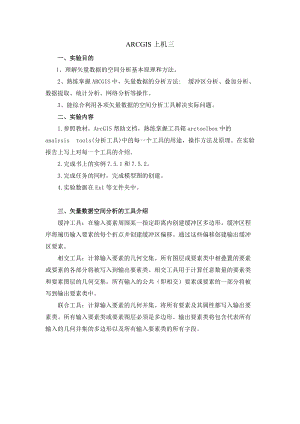
长江大学ArcGIS原理上机报告3

长江大学ArcGIS软件上机报告1-使用ArcGIS浏览地理数据
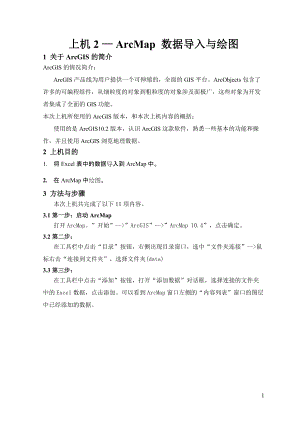
长江大学ArcGIS软件上机报告2-ArcMap 数据导入与绘图
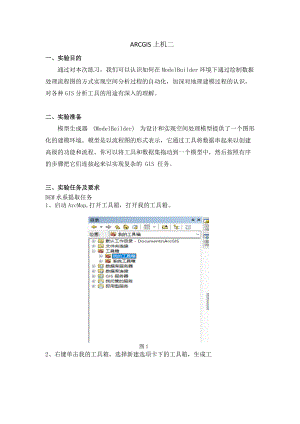
长江大学ArcGIS原理上机报告2
 5000 m3-d印染废水处理工艺设计
5000 m3-d印染废水处理工艺设计
2024-01-03 50页
 矿井通风与安全课程设计--塔山矿1500万t-a新井通风设计
矿井通风与安全课程设计--塔山矿1500万t-a新井通风设计
2024-01-03 57页
 《虚拟仪器设计》实验指导书
《虚拟仪器设计》实验指导书
2023-12-29 56页
 住宅承接查验表格
住宅承接查验表格
2023-12-19 80页
 (全)物业承接查验操作指南
(全)物业承接查验操作指南
2023-12-19 371页
 机械设计基础课程设计任务书--机械厂装配车间输送带传动装置设计
机械设计基础课程设计任务书--机械厂装配车间输送带传动装置设计
2023-12-15 43页
 一例猪圆环病毒病的诊断与治疗
一例猪圆环病毒病的诊断与治疗
2023-12-15 14页
 网上资源操作系统实验报告
网上资源操作系统实验报告
2023-12-15 30页
 机械专业综合课程设计说明书--落料拉伸复合模
机械专业综合课程设计说明书--落料拉伸复合模
2023-12-15 28页
 承接查验评分表
承接查验评分表
2023-12-15 16页

